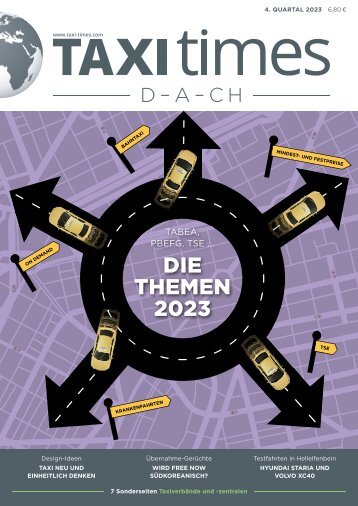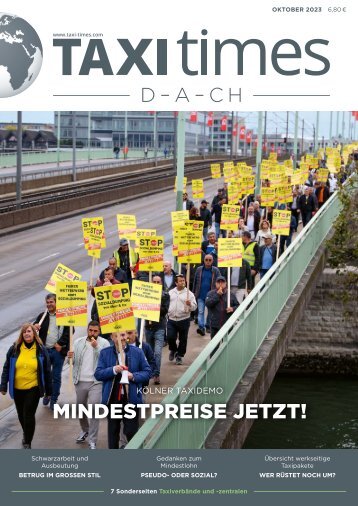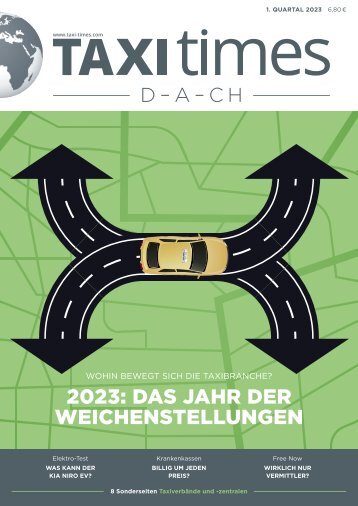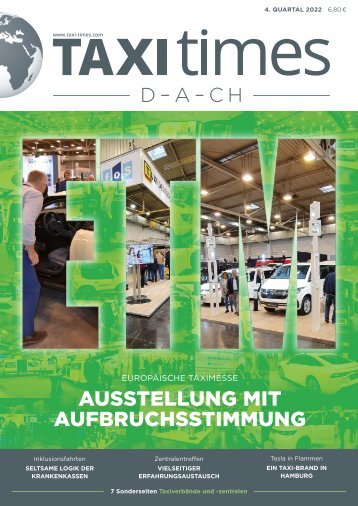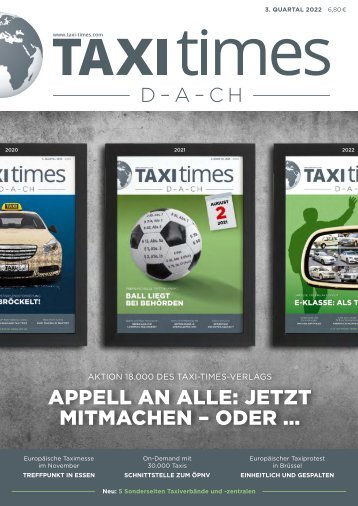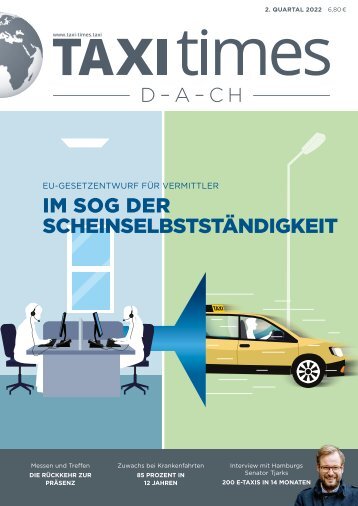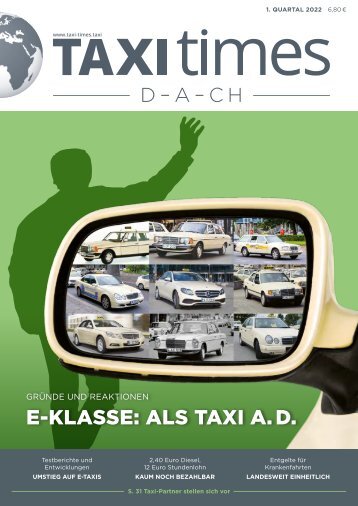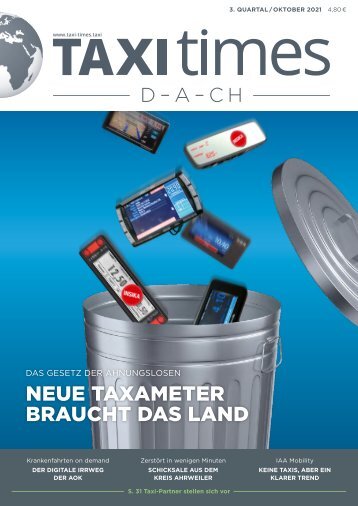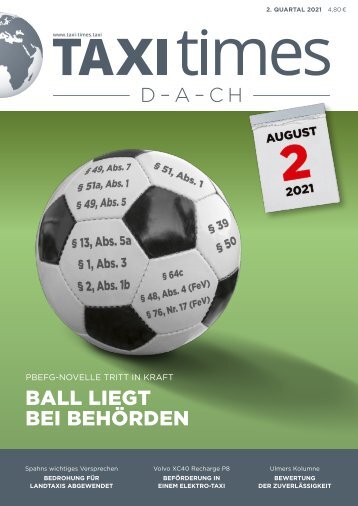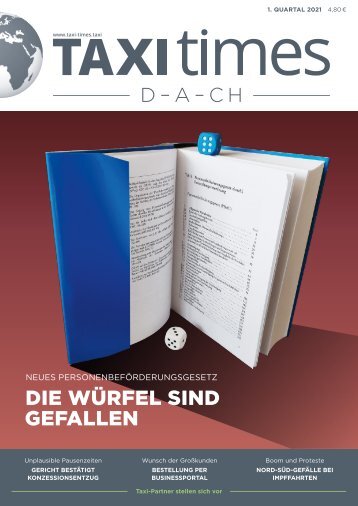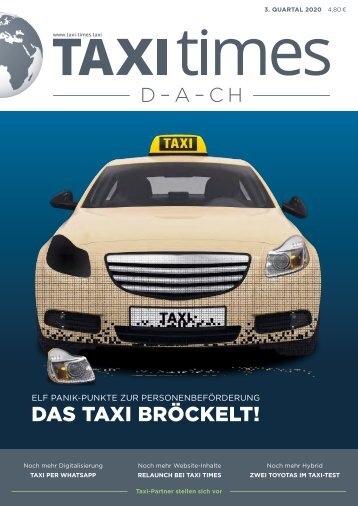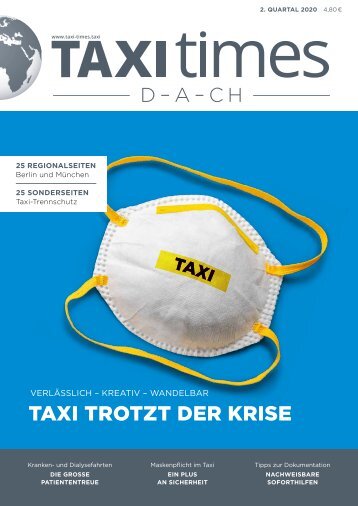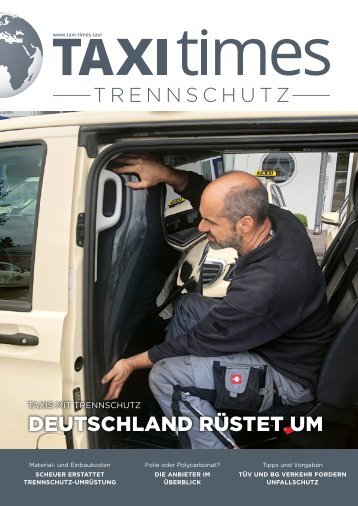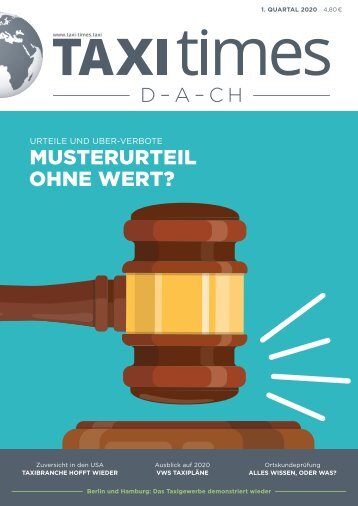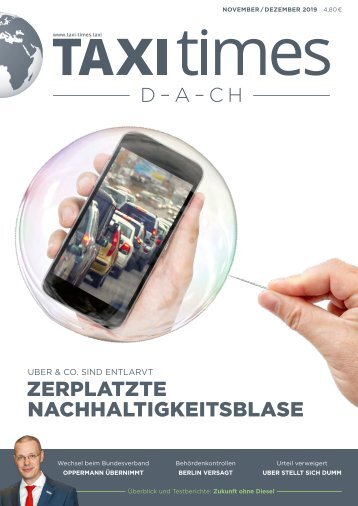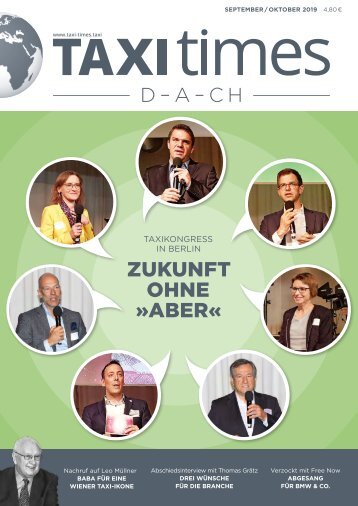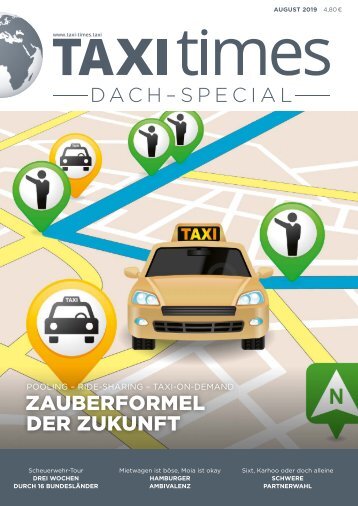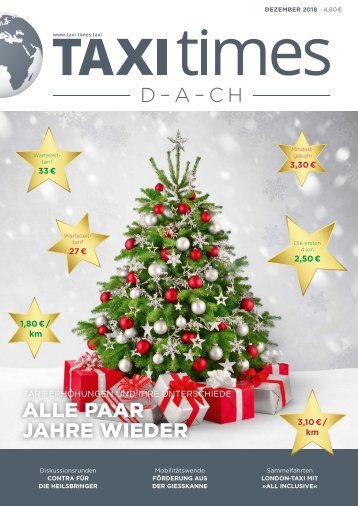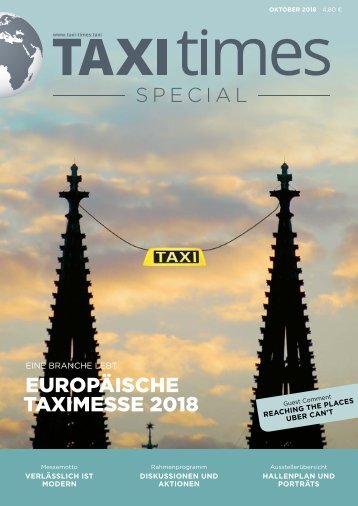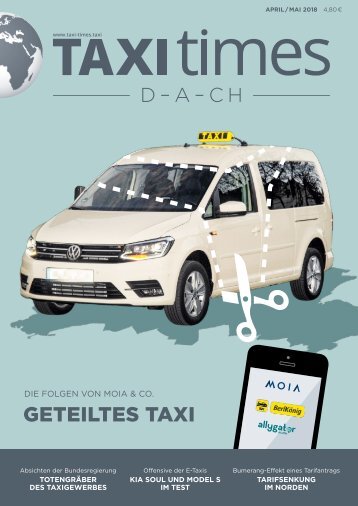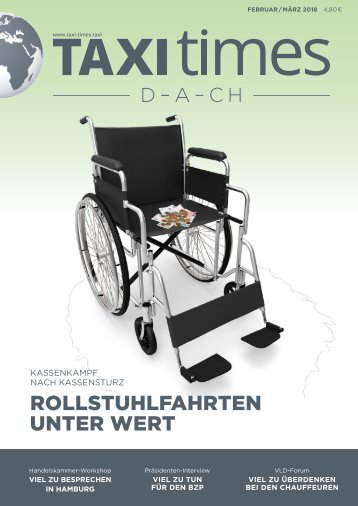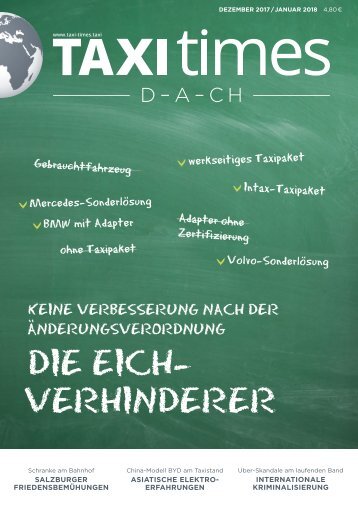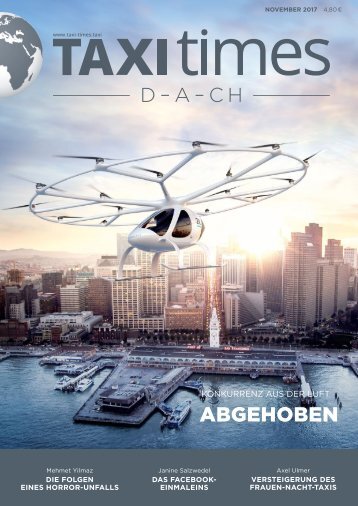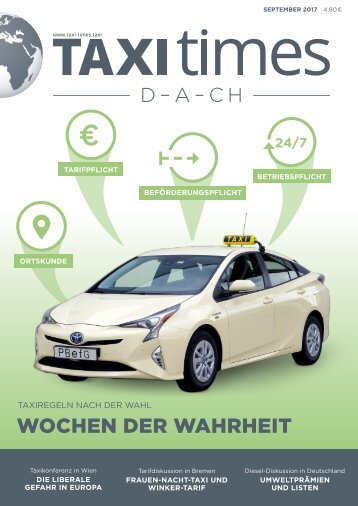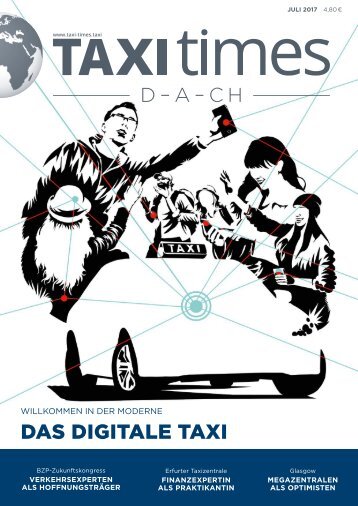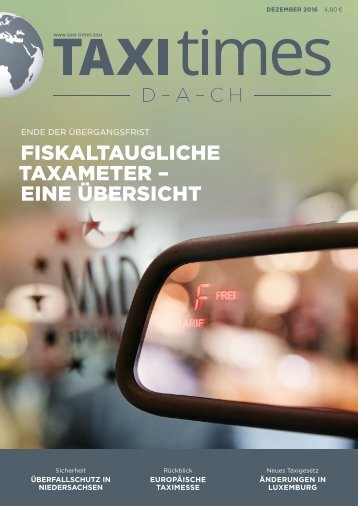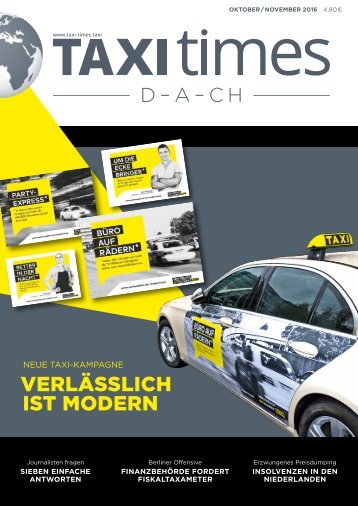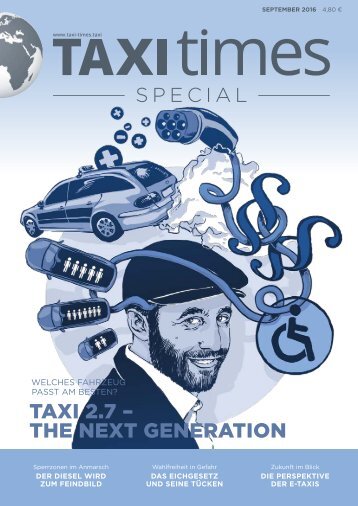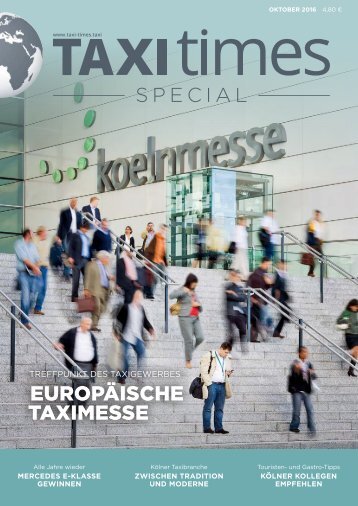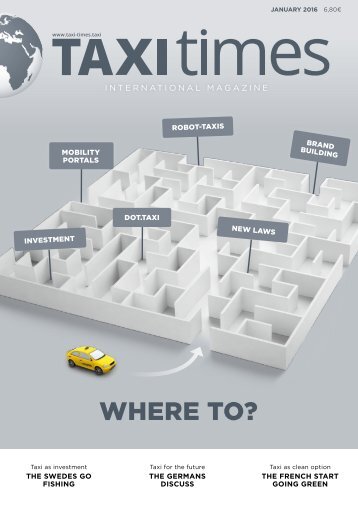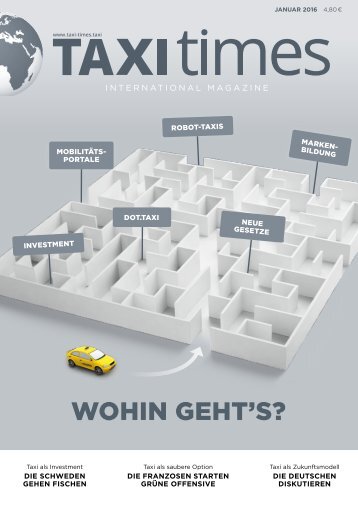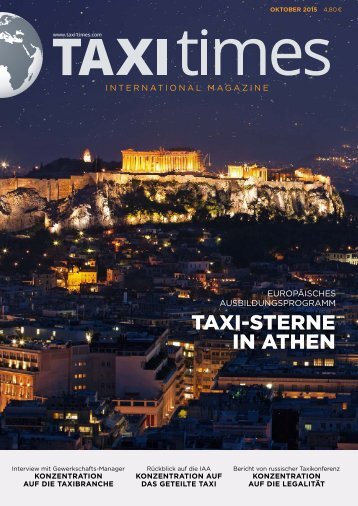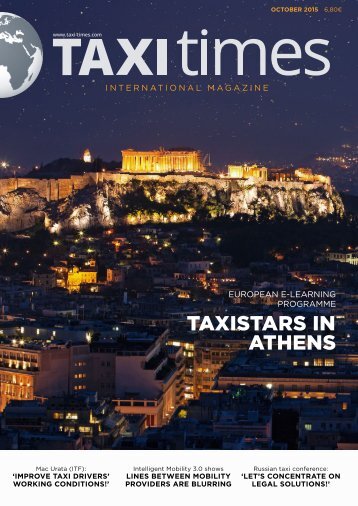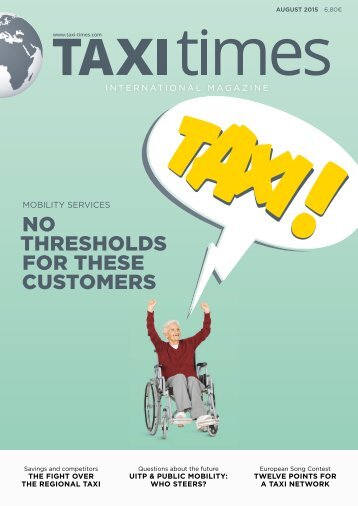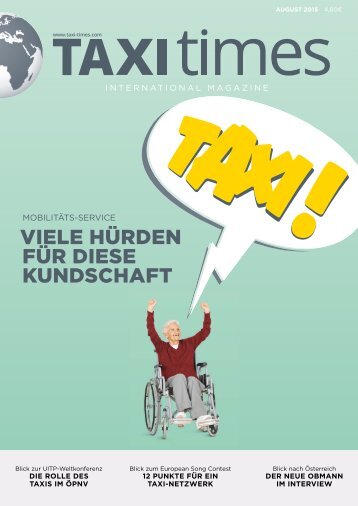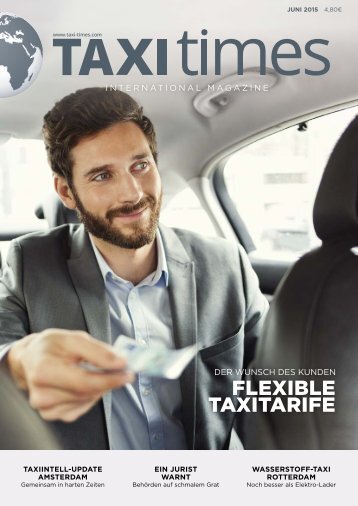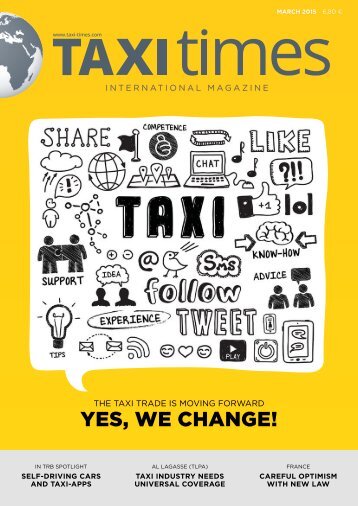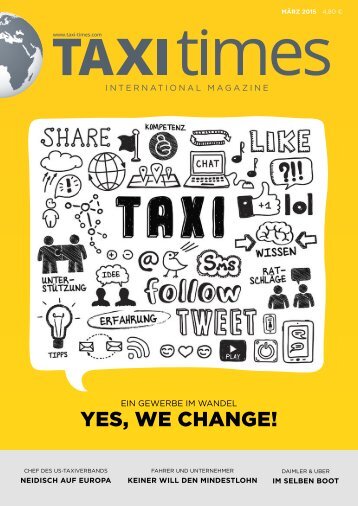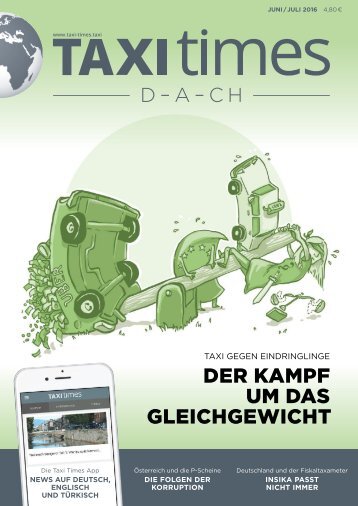Taxi Times International - January 2015 - English
- Text
- Taxis
- January
- Uber
- Drivers
- Dispatch
- Association
- Oftedal
- Vehicles
- Mobility
- Circuits
CONFERENCE EUROCAB –
CONFERENCE EUROCAB – EURO-APP A lot can be achieved when there is highly developed technology behind a well-networked app. That became clear at the users’ meeting of FMS radio circuits in Antwerp. Eurocab has a long history. Back in the early 90s, there was a meeting of people in charge of European taxi dispatch centres, all of which were operating autonomously in their cities. Some of them had a monopoly, while others were in sharp competition with a second local taxi radio circuit. What they had in common was that all of them used the FMS communication system of the Austrian partner company FMS/Austrosoft. As a result, the meeting was used as an opportunity to get to know each other to present new technical developments. The exchanging of experiences revolved mainly around the best possible use of the radio technology. Today, the bosses of the taxi dispatch centres are still meeting, and yes, the manufacturer is still presenting its newly developed FMS products. But the conversations in the coffee breaks and during the Group photo of the Eurocab attendees in front of Antwerp Town Hall shortly before the reception by the Alderman. HORST POLNICK HAS DIED At the age of only 63, Horst Polnick died on the 27th October 2015. From 1998 onwards, he ran the Wuppertal taxi radio circuit and was also active in many different functions within the industry, such as being a member of the Technology and Software Committee of the German Taxi Association BZP. “We have lost an President and host of the Eurocab meeting: Koen Van Oorschot of Taxi Antwerpen. Eurocab organised locally by this year’s host Antwerp-Tax, have a different accent. The question is no longer “How do you do that in your company?”, but instead “How can we do that together?”. And French people are speaking with Franconians, Belgians with Berliners, Leipzigers with Luxembourgers. As well as the technology that they still have in common, another thing binding the radio circuit bosses together today is the tough competition, which – equipped with a lot of capital and little sense of right and wrong – is penetrating the transport market. And their shared Euro-App “Taxi. eu”, which allows them to stand up to their global competitors, now unites them more than ever. The doers behind taxi.eu have worked hard to achieve this competitiveness: Michael Weiss of FMS / Austrosoft and his team with constant technical developments, Hermann Waldner, Managing Director of Taxi Berlin and his team with tenacious advertising in the taxi world and tireless networking. POSITIVE SUMMARY In Antwerp, Waldner regarded the situation as positive overall, especially as regards the past two years. For example, he said, one can now broker taxis fully automatically in 100 cities and 12 countries using the app. Newcomers this year included taxi dispatch centres from Serbia, Turkey and Greece. The introduction of Mobile Payment was described as a major step; taxi.eu customers can use this to pay by smart-phone after prior registration of their journeys. “Due to the brisk growth and mobile payment we have managed to become market leaders in 2015”, said Waldner in Antwerp. Politicians are also starting to pay attention to this. indefatigable champion for our industry and for our dispatch centre in Wuppertal”, said his colleague in Wuppertal Nico Höttges. “You could always talk to him, normal working hours and weekends didn’t count for him. When somebody needed help, he was ready for action. Horst Polnick has left a big gap.” PHOTOS: FMS, Stefan Int Panis, Taxi Wuppertal During a reception at the Antwerp Town Hall, the Alderman for taxis found out about the functions of the app. Anyone who orders a taxi in the Belgian diamond city via taxi.eu, will automatically be assigned a vehicle by Antwerp-Tax. In 2016 Taxi.eu will become interconnected with eCab, another founding member of the Global Taxi Network (GTN). The network will thus spread to France, Great Britain, India, Ireland and Canada. An app for so many countries also means a great challenge for the developers. FMS/Austrosoft presented a number of new solutions in Antwerp. New solutions in the area of hardware included, for example, the integration of an attack protection camera into the system and that networking with the Mercedes B-class and the Volkswagen Touran will soon be available. The assigning data of the driver app are mirrored on the display in the vehicle. Further development of the route planning simplifies the arrangement of shared journeys, and a sharing app even enables the division of the taxi fare among several passengers as well as payment. In the long run, it will no longer be up-to-date for dispatch centres to have their own regional servers. “Cloud computing” is what Michael Weiss calls the new technology with which the radio circuits will be able to open up new fields of business and network with partner circuits in such a way that even “call-sharing” is possible (see report opposite). All of this makes taxi.eu and FMS attractive for the European market. 22 dispatch centres joined as new members in 2015 alone. In Antwerp, the attendees could no longer even manage to talk with everybody, which is why a “little Eurocab” in Berlin has been arranged for June 9, 2016. Eurocab has rewritten its story. It is to be a story with a happy end. jh Hermann Waldner (right) is driving forward the networking of the Taxi.eu-App. The operators of the taxi dispatch centre in Lausanne are also connected up. CLIENT TAXI-HEADQUARTERS FMS CLUSTER CALL-SHARING If a dispatch centre is receiving too many calls, “agents” take over. SERVICE-PARTNER 1 In order to work more efficiently and thus more costeffectively, taxi radio circuits must network even more than previously. Cloud technology developed for this purpose makes it possible for them to assist each other when accepting orders. The new technology is from FMS and has been given the name “Cluster”. Several radio circuit servers are connected via the cloud to form an overall system. In this system, both the procurement systems and the telephone side are interconnected. This way the radio circuits can support each other, e.g. in handling overflows at peak times. In practise, this could happen as follows: the taxi dispatch centres A, B, C and D serve their regional customers in their call-centre. Because A is receiving a lot of calls, its own waiting queue is overloaded. The cluster then checks whether there are shorter waiting times at the centres B, C or D (“agents”). If this is the case, then the caller is automatically transferred over to them. The taxi order for Region A is then accepted by the “agent”. The job input takes place in the user interface of radio circuit A (which is automatically called thanks to the cluster call identification), so that it continues to keep control over the order and is able to trace it. The whole thing can of course also run the other way around. So it really is call sharing. If a dispatch centre happens to have less to do at the moment, it can put its capacities automatically at the partner offices’ disposal. With this option, each centre defines and controls the point from which orders are transferred to partners, via appropriate parameter settings in the telephone system. This can be numerically set (quantity of calls in the waiting queue) or defined in terms of time. Smaller radio circuits can for instance do completely without any of their own personnel at night or at the weekend. For the dispatch centres taking part, this cluster solution is a classic win-win situation: in future, it will not be necessary to have additional personnel available in order to cover peak times and one will not lose any customers in the waiting queue despite this. On top of this, additional income can be generated by handling the transferred orders for other circuits. With the cluster, FMS has created the conditions for a “closed shared economy” within the family of FMS radio circuits. It will be exciting to see how many of the circuits will make use of the possibility to network. jh 16 JANUARY / 2016 TAXI JANUARY / 2016 TAXI
- Seite 1 und 2: JANUARY 2016 6,80€ www.taxi-times
- Seite 4: PEOPLE DWIGHT KINES NEW PRESIDENT F
- Seite 8: PORTRAIT PORTRAIT OLE OFTEDAL AIMS
- Seite 12: CONFERENCE CONFERENCE BZP president
- Seite 18: CONFERENCE CONFERENCE This year’s
- Seite 22: CARS CARS On the lonely highways in
- Seite 26: NEWS ZOOTAKSI ANYONE? THE SLEEP TAX
Unangemessen
Laden...
Magazin per E-Mail verschicken
Laden...
Einbetten
Laden...

